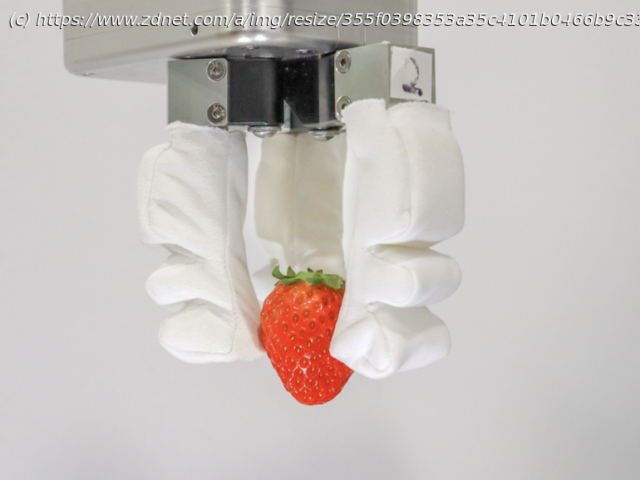Touted to be able to grip objects ranging from soft and delicate to bulky and heavy, the robotics system is designed to meet the needs of industries such as vertical farming and food assembly, says engineers from National University of Singapore.
Engineers from National University of Singapore (NUS) have built a robotics system they say can grip various objects, ranging from soft and delicate to bulky and heavy. Designed to be configurable, the robotic hand is touted to address the needs of sectors such as vertical farming, food assembly, and fast-moving consumer goods packaging, and with a 23% improvement in efficiency. These industries increasingly were automating more of their operations, but currently required manual handling for some processes, according to NUS. The human hand’s natural dexterity remained necessary for these tasks. Rave Yeow, associate professor from NUS Advanced Robotics Centre and Department of Biomedical Engineering, said: «An object’s shape, texture, weight, and size affect how we choose to grip them. This is one of the main reasons why many industries still heavily rely on human labour to package and handle delicate items.» To address this, the robotic grippers can be built with three or four 3D-printed fingers that are soft and flexible and sit on a reconfigurable base. The fingers are air-driven and armed with a locking mechanism that enables the level of stiffness to be adjusted. The robotic system is guided by computer vision and deep learning technologies, so it can identify the type of objects and determine its orientation. It then automatically decides how it can best pick and place the objects to reduce the need for heavy human intervention. «Our hybrid robotic gripper technology revolutionises traditional pick-and-place tasks by offering advanced capabilities that allow robots to safely interact with delicate items of various shapes, sizes and stiffness, just like the human hand,» said Yeow, who led the project.






